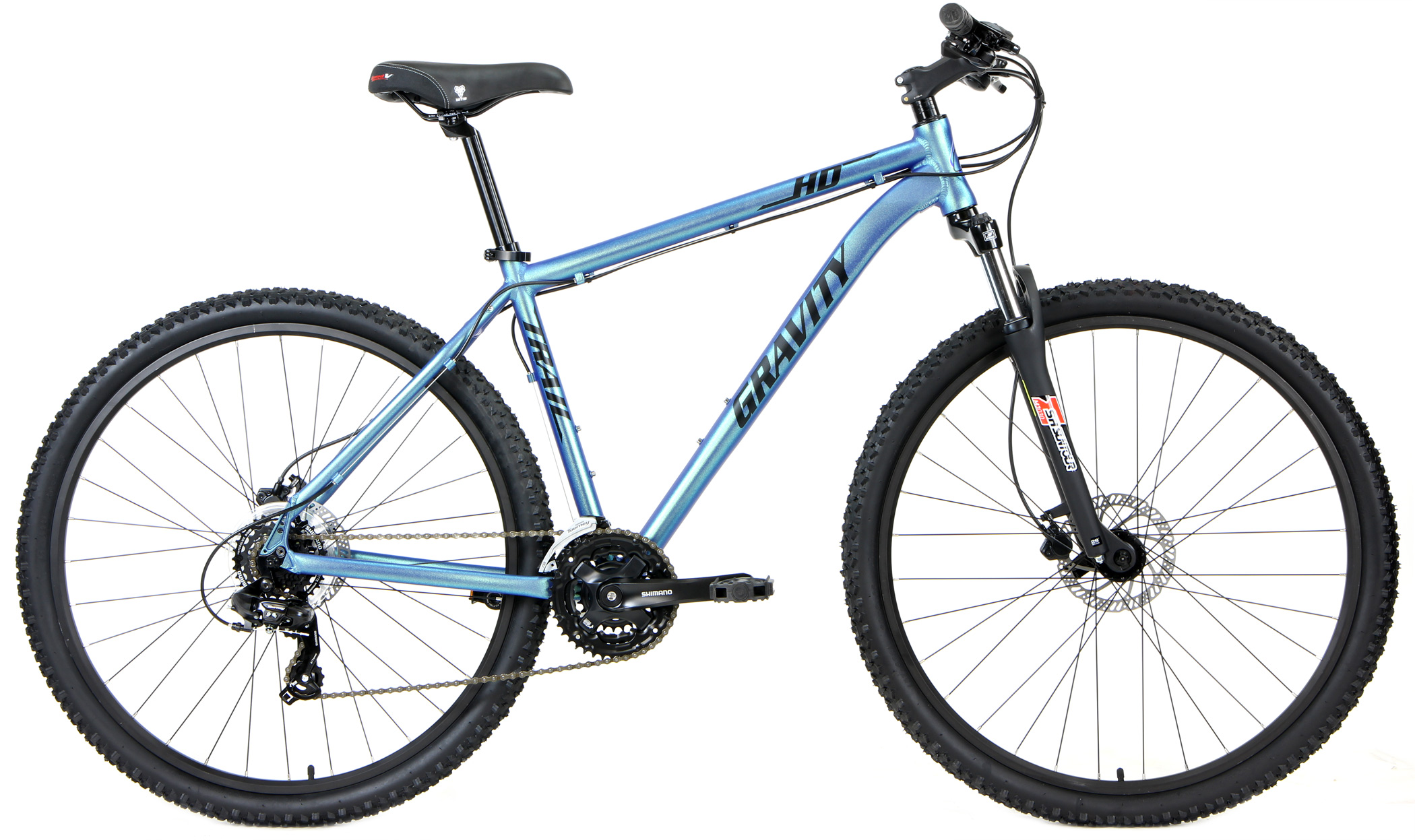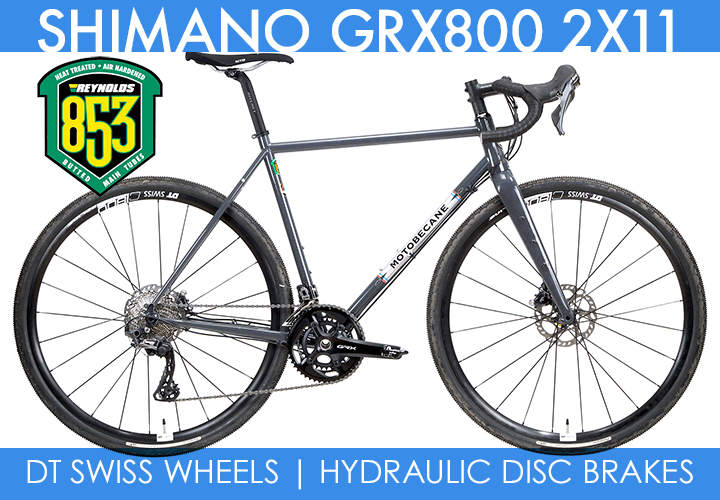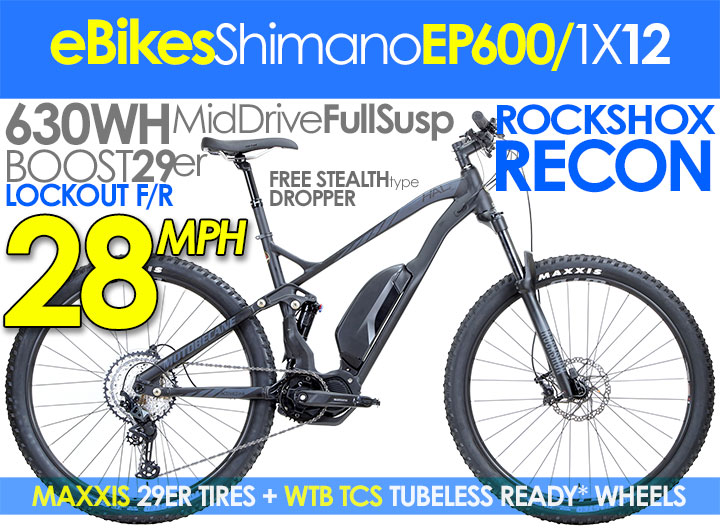Ten years ago, cycling looked very different. Riders still debated whether disc brakes belonged on road bikes, carbon fiber frames were viewed as a luxury, and “gravel riding” was a niche activity. Fast forward to today, and modern bike technology has transformed nearly every aspect of the ride. From the way bikes are built to how they handle diverse terrain, innovations over the last decade have reshaped what’s possible for both weekend riders and elite athletes.
Cycling has always blended tradition with innovation, but the last decade stands out as a period of rapid change. Let’s take a closer look at the biggest advancements and why they matter for anyone considering a new road bike, gravel bike, or even a laid-back beach cruiser.
The Rise of Disc Brakes Across All Bike Types
One of the most talked-about shifts in modern bike technology is the widespread adoption of disc brakes. Once reserved for mountain bikes and extreme conditions, disc brakes are now standard on most categories, from road bikes to hybrid bikes.
Disc brakes offer better stopping power, especially in wet conditions, and allow for greater modulation, meaning you can fine-tune your braking rather than relying on an all-or-nothing squeeze. For commuters, they provide peace of mind in city traffic. For gravel riders, they’re a game-changer on loose or uneven surfaces. And for racers, they deliver consistent performance at high speeds.

Carbon Frames: From Luxury to Mainstream
A decade ago, carbon fiber frames were considered cutting-edge and often carried hefty price tags. Today, carbon is widely available, even on mid-tier bikes. Advances in manufacturing have made it more affordable, while design improvements have created frames that balance stiffness and comfort.
On a road bike, this means smoother rides and better energy transfer during sprints. On a mountain bike, carbon frames reduce weight while withstanding the rigors of rough trails. Even some fat bikes now incorporate carbon elements to shave off pounds and improve handling.
This democratization of carbon has given riders access to pro-level performance without pro-level costs.
Gravel Bikes and the Birth of a Movement
If one category embodies the last decade’s transformation, it’s the gravel bike. Ten years ago, the idea of a dedicated bike for mixed terrain was still emerging. Today, gravel riding has become one of the fastest-growing segments in cycling.
A gravel bike blends the speed of a road bike with the toughness of a mountain bike, making it perfect for riders who want versatility. Larger tire clearance, stable geometry, and mounts for gear have turned gravel bikes into adventure machines. Their popularity reflects a cultural shift as well—riders no longer want to be confined to paved roads but crave exploration and freedom.

Electric Assist and the Growth of E-Bikes
No discussion of modern bike technology is complete without mentioning e-bikes. Electric assist has moved from novelty to mainstream, with commuters, recreational riders, and even mountain bikers embracing the boost.
For city dwellers, an e-hybrid bike provides a sweat-free commute. For older riders or those recovering from injuries, e-assist makes cycling more accessible. And for adventure seekers, e-mountain bikes expand the possibilities of long-distance rides and steep climbs.
This technology hasn’t replaced traditional cycling—it has broadened the definition of who can ride and where they can go.
Fat Bikes: From Niche to Year-Round Utility
Originally designed for snow and sand, the fat bike has found a surprising role as a year-round machine. With ultra-wide tires providing traction and stability, fat bikes thrive in conditions that would sideline traditional models.
Over the past decade, lighter frames and tubeless tire systems have made fat bikes more efficient. Many riders now use them for trail riding, commuting in icy climates, or even bikepacking adventures. Once considered a quirky niche, fat bikes now symbolize versatility and toughness.
The Comfort Revolution: Geometry and Components
Bikes are no longer designed solely for speed or performance. Modern geometry emphasizes comfort without sacrificing efficiency. Shorter top tubes, taller head tubes, and wider handlebars have made today’s bikes more accommodating for long rides.
Take the beach cruiser—while its timeless appeal remains, advancements in saddles, grips, and gearing options make it more enjoyable for everyday neighborhood rides. Similarly, hybrid bikes now offer ergonomic touches like suspension seat posts and adjustable stems, tailoring the experience to riders of all ages and skill levels.

Tubeless Tires and Wider Rims
Another quiet revolution has been the shift to tubeless tires. By eliminating inner tubes, riders enjoy fewer flats, lower rolling resistance, and the ability to run lower tire pressures. This technology, once exclusive to mountain biking, now dominates gravel and road cycling as well.
Wider rims and tires also reflect how riding styles have evolved. Riders now prioritize stability and comfort, especially on mixed terrain. Whether you’re rolling on a mountain bike trail or cruising through the city on a hybrid bike, tubeless setups deliver smoother rides and more confidence.
Tech Meets Tradition: Smart Features and Connectivity
The digital age has touched cycling in more ways than one. Power meters, integrated GPS systems, and smartphone connectivity have moved from professional racing into the mainstream. Riders can now track performance metrics in real time, optimize training, and share their adventures online.
Even entry-level bikes now accommodate mounts for smart accessories, making it easier for everyday riders to benefit from this wave of innovation.
Looking Ahead: The Next Decade of Cycling
If the last decade has taught us anything, it’s that cycling technology evolves quickly. Sustainability will likely play a bigger role, with eco-friendly materials and manufacturing practices shaping the future. Expect even more integration between traditional bikes and digital platforms, plus continued growth in categories like gravel and e-bikes.
But amid all the innovation, one thing remains constant: the joy of pedaling. Whether you ride a sleek road bike, a sturdy mountain bike, or a comfortable beach cruiser, today’s bikes combine tradition with cutting-edge technology in ways that make every ride more enjoyable.
Conclusion: Embracing Modern Bike Technology
The past decade has been nothing short of revolutionary for cyclists. From the rise of the gravel bike to the comfort-focused design of the hybrid bike, innovations have made cycling more accessible, versatile, and exciting than ever before. Whether you’re a casual rider or a seasoned enthusiast, there’s never been a better time to embrace the advancements in modern bike technology.
If you’re ready to upgrade, explore the wide selection of hybrid bikes, gravel bikes, road bikes, fat bikes, beach cruisers, and mountain bikes at Bikesdirect.com and find the perfect ride to match your lifestyle.









